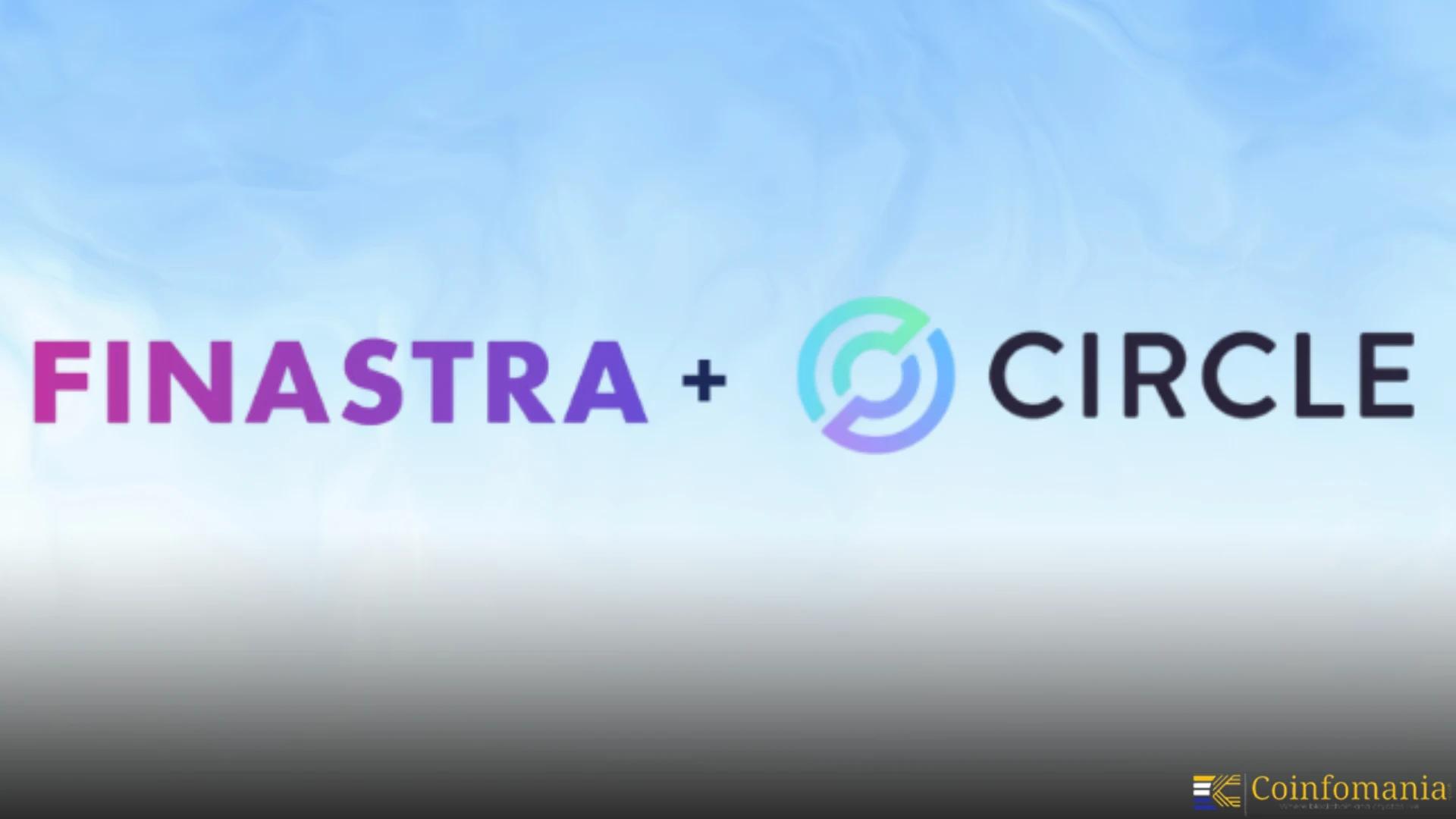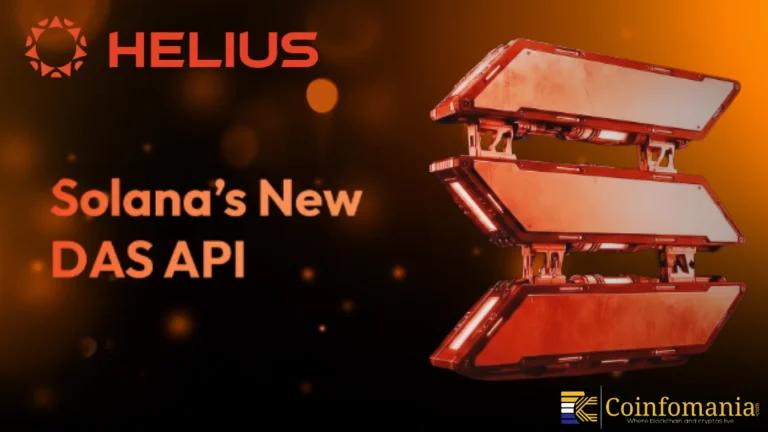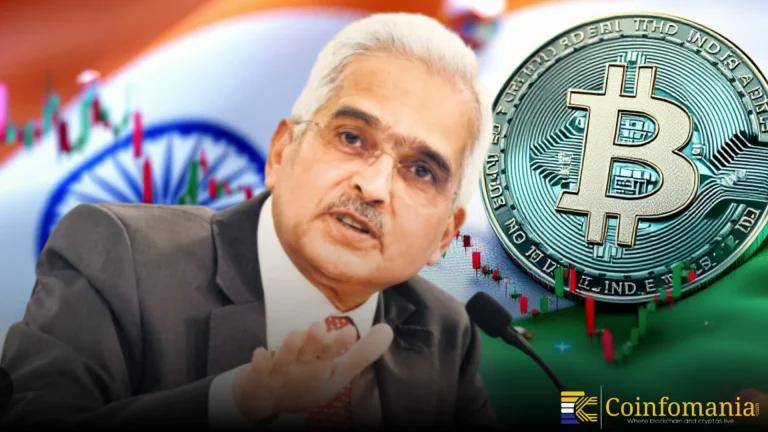Circle Partners With Finastra On USDC Banking Settlement
Circle’s partnership with Finastra brings USDC banking settlement to global finance speeding cross-border payments across $5T daily flows.

Quick Take
Summary is AI generated, newsroom reviewed.
Circle and Finastra integrate USDC banking settlement for faster transactions
Finastra processes over $5 trillion daily, offering massive adoption scale
USDC cuts settlement costs and delays compared to traditional SWIFT payments
Regulation and global adoption trends are accelerating stablecoin integration
Circle strengthens competitive position with compliance, audits, and partnerships
Circle’s new partnership with Finastra is one of the clearest signals yet that stablecoins are moving into the core of traditional banking. Finastra’s platform already handles more than $5 trillion in daily cross-border transactions. Adding Circle USDC settlement directly into that system removes layers of correspondent banks and cuts settlement times from days to seconds. It is essentially a plug-in that lets banks keep their existing fiat rails but settle through digital dollars where speed and efficiency matter most.
The reach here is massive. Finastra counts more than 8,000 clients across 130 countries, including nearly all of the top 50 banks. That scale makes this deal a genuine gateway for USDC into mainstream finance. Circle USDC is already circulating at over $65 billion as of August, up 90 percent year over year. It now commands 28 percent of the fiat-backed stablecoin market, second only to Tether. Against that backdrop, embedding USDC in a platform with trillions in daily flow could shift adoption curves quickly.
USDC Banking Settlement Cuts Cross-Border Costs And Delays
It also says something about how global payments are changing. Businesses and banks have grown frustrated with the costs and delays of the SWIFT model, which can mean $20 to $50 per transaction and multi-day settlement. Stablecoin settlement brings those costs under a dollar and makes transfers effectively instant. The ability to operate 24/7 without banking hours is convenient. It also redefines how liquidity is managed across regions.
The move fits into a larger trend. PayPal has rolled out its own stablecoin service, USDC settlement can only make things further. Stripe has made a billion-dollar bet on stablecoin orchestration, and JPMorgan’s internal coin now clears a billion dollars each day. Outside the US, banks from Colombia to Europe are testing their own versions. Regulation is catching up, too. The US now requires full reserve backing under the GENIUS Act, Europe’s MiCA has established uniform standards, and Asia is laying frameworks that encourage innovation while setting boundaries.
Circle’s Competitive Edge With Transparency And Partnerships
It will put Circle in a strong competitive position. Its advantages are clear: regulatory compliance, monthly audits, and transparent reserves. Institutional clients view those as non-negotiable. At the same time, Circle has been building a network effect through partnerships with Mastercard, OKX, and SBI Group. Nearly half of financial institutions are already experimenting with stablecoins for cross-border payments. USDC settlement would only help adopting the transparency. Fortune 500 adoption has already tripled year on year, the groundwork is in place.
Growth Projections For Stablecoins
The market backdrop is not without noise. Circle’s stock dipped slightly on the day of the announcement, reflecting broader crypto market weakness, not the fundamentals of the deal. Bitcoin and Ethereum also slipped. But the numbers around Circle tell a different story. Revenue is up 53 percent year on year, reserve income is strong, and USDC volumes now exceed $1 trillion monthly. Projections have the stablecoin market reaching $1.2 trillion by 2028.
The bigger takeaway is that stablecoins are no longer peripheral. This deal puts USDC directly into the core of global payments, moving digital settlement from a test phase to part of the system itself. Banks get a way to upgrade their operations without replacing their existing networks. Circle gains a stronger position as the main link between traditional finance and blockchain settlement. And for stablecoins, it is another step toward becoming the foundation of cross-border money movement.
Follow us on Google News
Get the latest crypto insights and updates.


